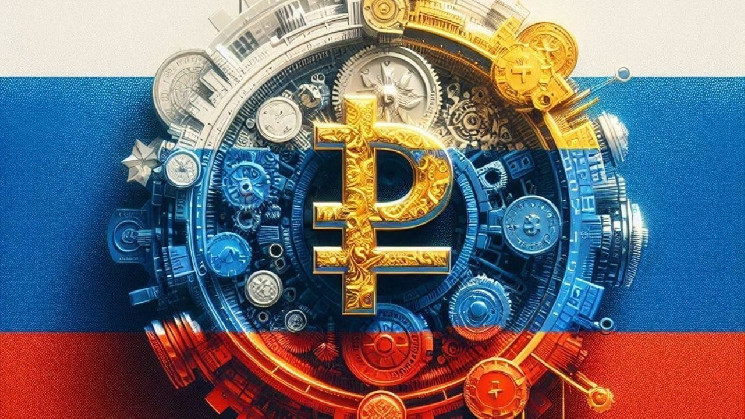The Bank of Russia has explained that the launch of the digital ruble, the Russian CBDC, will not affect the state’s mechanisms to control inflation or the amount of money issued. The institution clarified that the new currency does not pose risks to the country’s financial stability, and will not change the functions of the banking system.
Bank of Russia: Digital Ruble Not a Risk for the Country’s Financial Stability
The Bank of Russia recently explained that the digital ruble, Russia’s central bank digital currency (CBDC), will not change how the state manages its monetary policy. In a draft outlining the direction of the central bank’s policies for 2025-2027, the bank indicated that it would continue to target inflation with the same tools even after the digital ruble launch.
In the document, the bank stated:
The emergence of a digital form of the national currency will not affect the mechanisms for implementing monetary policy. The Bank of Russia will continue to manage money market rates by conducting operations for providing liquidity to banks and absorbing it.
Russia’s CBDC is a retail currency, meaning that users can make payments using it directly, like with the Chinese digital yuan. This is different from the CBDCs that some countries are researching, which focus on easing the transactions between financial institutions of the money network.
Analysts are worried about the digital ruble and its possible effects on the Russian economy. Nonetheless, the bank assessed that it would not have an inflationary effect and would only increase the demand for cash and funds in bank accounts, but not money issuance.
The bank also declared that the current system with its two-tier structure will be preserved, and credit institutions will remain functioning lenders, offering custody for the people’s savings. These will have to support the digital ruble, giving customers tools to open accounts and make transactions using it.
Finally, the bank reinforced the digital ruble’s advantages, detailing it would offer an alternative to traditional payments and monetary systems. Bank authorities expect a widespread digital ruble adoption by 2025.
 news.bitcoin.com
news.bitcoin.com
